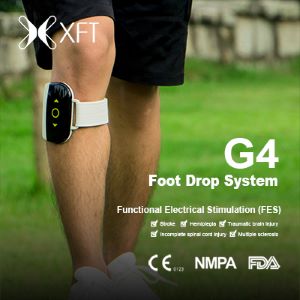Neurodegenerative Disease
The Effect of Sensory Reweighting on Cortical Activity in Parkinson's Disease
Tuesday, October 31, 2023
12:40 PM - 12:46 PM
Location: Station 8

Sodiq Fakorede, n/a (he/him/his)
Graduate Assistant
University of Kansas Medical Center
Kansas, Kansas, United States
Presenting Author(s)
Research Objectives: To compare cortical activity during the sensory organization of postural control between individuals with Parkinson's Disease and neurotypical older adults.
Design: The study involved measuring sensory integration of visual, somatosensory, and vestibular inputs related to postural balance. Six balance conditions were tested: (1) stable platform with eyes opened in a fixed virtual reality (VR) environment; (2) stable platform with dark VR environment; (3) stable platform with VR visual perturbation; Conditions 4 – 6 mimic the above conditions but on an unstable surface. Cortical activity was recorded with mobile electroencephalography (EEG). Linear mixed models were employed to examine the interaction between group and condition on frontal-theta power.
Setting: Laboratory
Participants: This cross-sectional study included 10 participants with PD (age: 72 ± 9; 3 women; Hoehn&Yahr: 2 [1.5 – 2.50]) and 11 controls (age: 70 ± 3; 4 women).
Interventions: None
Main Outcome Measures: Frontal-theta power
Results: The interaction effect of group by condition was significant (F = 7/53; p < 0.0001). Further, post-hoc analysis showed that there was a greater change in frontal-theta power from sitting to conditions 2 (p = 0.03), 4 (p < 0.0001), 5 (p = 0.005), and 6 (p = 0.049) compared to control.
Conclusions: Individuals with PD exhibit heightened cortical dynamics to sensory organization of postural control compared to controls. This increased frontal-theta power may reflect compensatory activity, particularly when vision and somatosensation are challenged.
Author(s) Disclosures: Sodiq Fakorede, Maryam Sadeghi, Thomas Bristow, Rajesh Pahwa, Kelly Lyons, Hannes Devos
Design: The study involved measuring sensory integration of visual, somatosensory, and vestibular inputs related to postural balance. Six balance conditions were tested: (1) stable platform with eyes opened in a fixed virtual reality (VR) environment; (2) stable platform with dark VR environment; (3) stable platform with VR visual perturbation; Conditions 4 – 6 mimic the above conditions but on an unstable surface. Cortical activity was recorded with mobile electroencephalography (EEG). Linear mixed models were employed to examine the interaction between group and condition on frontal-theta power.
Setting: Laboratory
Participants: This cross-sectional study included 10 participants with PD (age: 72 ± 9; 3 women; Hoehn&Yahr: 2 [1.5 – 2.50]) and 11 controls (age: 70 ± 3; 4 women).
Interventions: None
Main Outcome Measures: Frontal-theta power
Results: The interaction effect of group by condition was significant (F = 7/53; p < 0.0001). Further, post-hoc analysis showed that there was a greater change in frontal-theta power from sitting to conditions 2 (p = 0.03), 4 (p < 0.0001), 5 (p = 0.005), and 6 (p = 0.049) compared to control.
Conclusions: Individuals with PD exhibit heightened cortical dynamics to sensory organization of postural control compared to controls. This increased frontal-theta power may reflect compensatory activity, particularly when vision and somatosensation are challenged.
Author(s) Disclosures: Sodiq Fakorede, Maryam Sadeghi, Thomas Bristow, Rajesh Pahwa, Kelly Lyons, Hannes Devos
Learning Objectives:
- Understand sensory reweighing and its impact on cortical activity in indivial with Parkinson's Disease
- Understand the significance of increased frontal-theta power in individuals with PD during sensory organization of postural control
- understand the relationship between increase postural demand, sensory inputs and cortical dynamics

.jpg)
